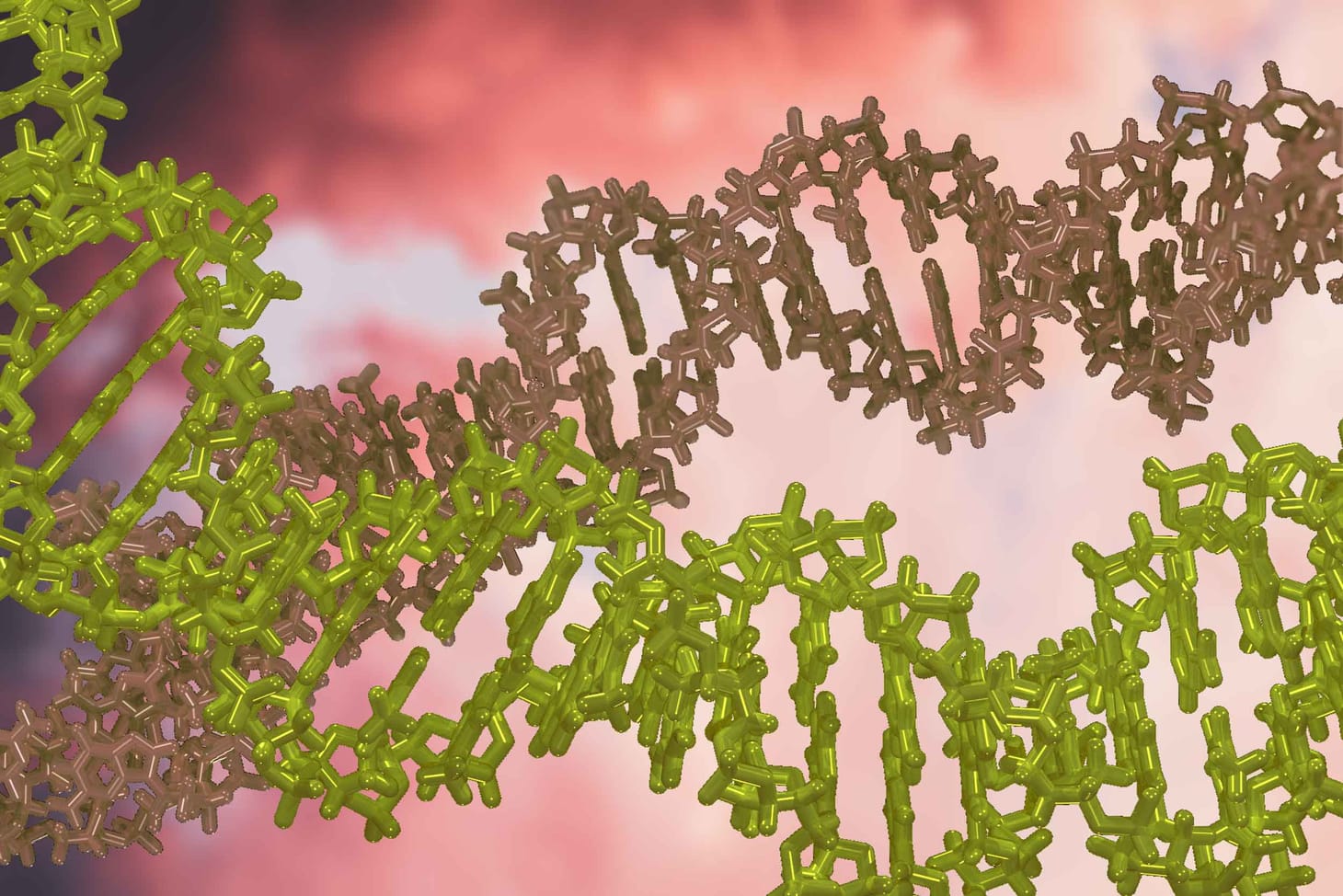Recent adaptive evolution to resist the toxic effects of arsenic
Examining a study by Carina Schlebusch and coworkers into the peoples of northern Argentina.

A new paper in Molecular Biology and Evolution provides an interesting new example of recent adaptation in a human population. Carina Schlebusch and colleagues examined the genetics of a group living in the Andes of northern Argentina, with a high load of arsenic in their environment. They surveyed more than 4 million single nucleotide polymorphisms (SNPs) across the genome and found that SNPs around the gene AS3MT explain a good deal of the variance in arsenic metabolites in urine. What’s more, these SNPs are highly differentiated between the arsenic-exposed population and other nearby peoples who do not have the same environmental exposure to arsenic.
Since AS3MT stands for “arsenic [+3 oxidation state] methyltransferase”, that seems like a clue that something is going on with arsenic metabolism in this population. And indeed, it seems that these people tend to have greater excretion of a dimethylated arsenic, which has lower toxicity. As the study makes clear, this is not a total resistance to arsenic poisoning, it merely reduces the impact of arsenic.
This is a neat study because it combines functional data on arsenic metabolism within the target population and the analysis of genetic differences between this population and nearby relatives. That combination of function and population genetic measures is rare in the study of recent natural selection. This is a somewhat similar approach to the study of adaptation to high altitude hypoxia in Tibetan populations.
In both this case of arsenic adaptation and the Tibetan high altitude adaptation, the key selected variants do not show up as significant in genome-wide scans for recent selection. Both are consistent with selection upon standing genetic variation, at least in the broad sense. The Tibetan altitude case includes one allele that has come from a Denisovan-like population, so it clearly was in the population for tens of thousands of years, but the time when it became important to a high-altitude population is not yet known. The SNPs of AS3MT that are associated with arsenic metabolism in this case are present in worldwide populations in a similar haplotype background, so this seems to be the enrichment in one population of a functional allele that occurs in many populations around the world. The study suggests that the key functional variants in this case are likely regulatory, because the highest SNP association scores occur upstream of the AS3MT coding region itself.
Interestingly, it doesn’t take much selection to yield the observed frequency of this inferred variant:
This may indicate that the pattern of methylation of arsenic caused by the protective allele doesn’t have much of a protective effect. Even a slight effect might have an advantage in survival or reproduction, but the correlation between reproduction and this allele need not be very high. Three tenths of a percent per generation is pretty small.
Reference
Schlebusch, C. et al. 2015. Human Adaptation to Arsenic-Rich Environments. Molecular Biology and Evolution (in press) doi:10.1093/molbev/msv046
John Hawks Newsletter
Join the newsletter to receive the latest updates in your inbox.



